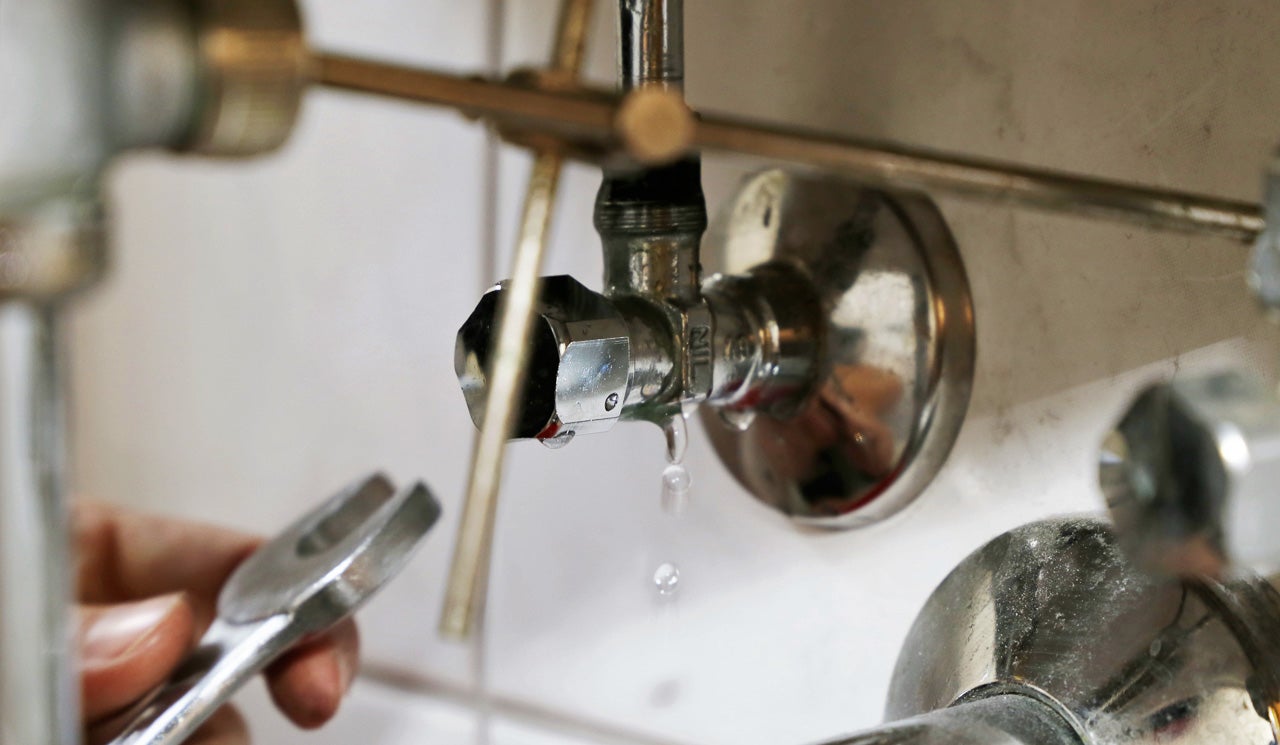Just how to Inspect If Your House Has a Concealed Leakage
Just how to Inspect If Your House Has a Concealed Leakage
Blog Article
They are making a few good pointers relating to Leaking water lines as a whole in the article on the next paragraphs.

Early detection of leaking water lines can alleviate a possible disaster. Some tiny water leaks may not be noticeable.
1. Check Out the Water Meter
Every house has a water meter. Examining it is a proven way that helps you find leaks. For beginners, switch off all the water sources. Ensure no one will purge, make use of the tap, shower, run the cleaning machine or dishwasher. From there, go to the meter as well as watch if it will alter. Because nobody is using it, there must be no motions. That suggests a fast-moving leak if it moves. If you identify no adjustments, wait a hr or two and check back once more. This suggests you might have a sluggish leak that could also be below ground.
2. Inspect Water Consumption
If you find abrupt modifications, in spite of your consumption being the same, it suggests that you have leaks in your plumbing system. A sudden spike in your costs indicates a fast-moving leakage.
A stable rise every month, even with the very same habits, reveals you have a slow leak that's additionally slowly intensifying. Call a plumber to extensively check your residential or commercial property, specifically if you really feel a cozy area on your floor with piping beneath.
3. Do a Food Coloring Examination
When it comes to water usage, 30% comes from bathrooms. If the color somehow infiltrates your bowl during that time without flushing, there's a leak between the storage tank as well as dish.
4. Asses Outside Lines
Do not neglect to examine your exterior water lines also. Examination faucets by affixing a garden hose pipe. Ought to water leak out of the connection, you have a loose rubber gasket. Replace this as well as guarantee all connections are tight. It will certainly aid obtain it skillfully took a look at as well as maintained annually if you've obtained a sprinkler system. One little leak can lose lots of water as well as increase your water expense.
5. Examine the situation and also check
House owners ought to make it a habit to examine under the sink counters and also inside closets for any kind of bad odor or mold and mildew growth. These 2 red flags show a leak so punctual interest is required. Doing regular evaluations, also bi-annually, can save you from a significant issue.
Extra significantly, if you recognize your house is currently old, keep a watchful eye on your heating systems, pipes, pipelines etc. Look for discolorations and also compromising as the majority of home appliances and also pipes have a life span. They will also naturally wear away due to tear and also wear. Don't wait for it to intensify if you believe leaking water lines in your plumbing system. Call a specialist plumber right now so you do not end up with a dreadful mess in your home.
Early discovery of dripping water lines can mitigate a potential catastrophe. Some small water leakages might not be noticeable. Examining it is a proven method that assists you uncover leakages. One tiny leak can squander heaps of water and also increase your water costs.
If you believe dripping water lines in your plumbing system, do not wait for it to intensify.
WARNING SIGNS OF WATER LEAKAGE BEHIND THE WALL
PERSISTENT MUSTY ODORS
As water slowly drips from a leaky pipe inside the wall, flooring and sheetrock stay damp and develop an odor similar to wet cardboard. It generates a musty smell that can help you find hidden leaks.
MOLD IN UNUSUAL AREAS
Mold usually grows in wet areas like kitchens, baths and laundry rooms. If you spot the stuff on walls or baseboards in other rooms of the house, it’s a good indicator of undetected water leaks.
STAINS THAT GROW
When mold thrives around a leaky pipe, it sometimes takes hold on the inside surface of the affected wall. A growing stain on otherwise clean sheetrock is often your sign of a hidden plumbing problem.
PEELING OR BUBBLING WALLPAPER / PAINT
This clue is easy to miss in rooms that don’t get much use. When you see wallpaper separating along seams or paint bubbling or flaking off the wall, blame sheetrock that stays wet because of an undetected leak.
BUCKLED CEILINGS AND STAINED FLOORS
If ceilings or floors in bathrooms, kitchens or laundry areas develop structural problems, don’t rule out constant damp inside the walls. Wet sheetrock can affect adjacent framing, flooring and ceilings.
https://www.servicemasterbyzaba.com/blog/how-to-detect-water-leakage-in-walls/

As a keen reader on Leaking water lines, I was thinking sharing that piece of content was a good thing. So long as you enjoyed our blog post plz don't forget to pass it around. Bless you for your time. Kindly come visit our site back soon.
Report this page